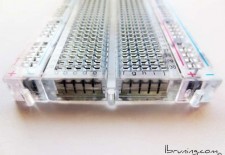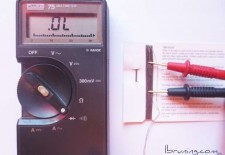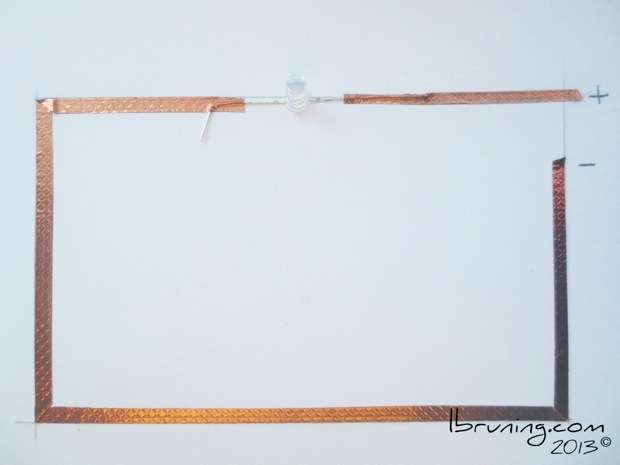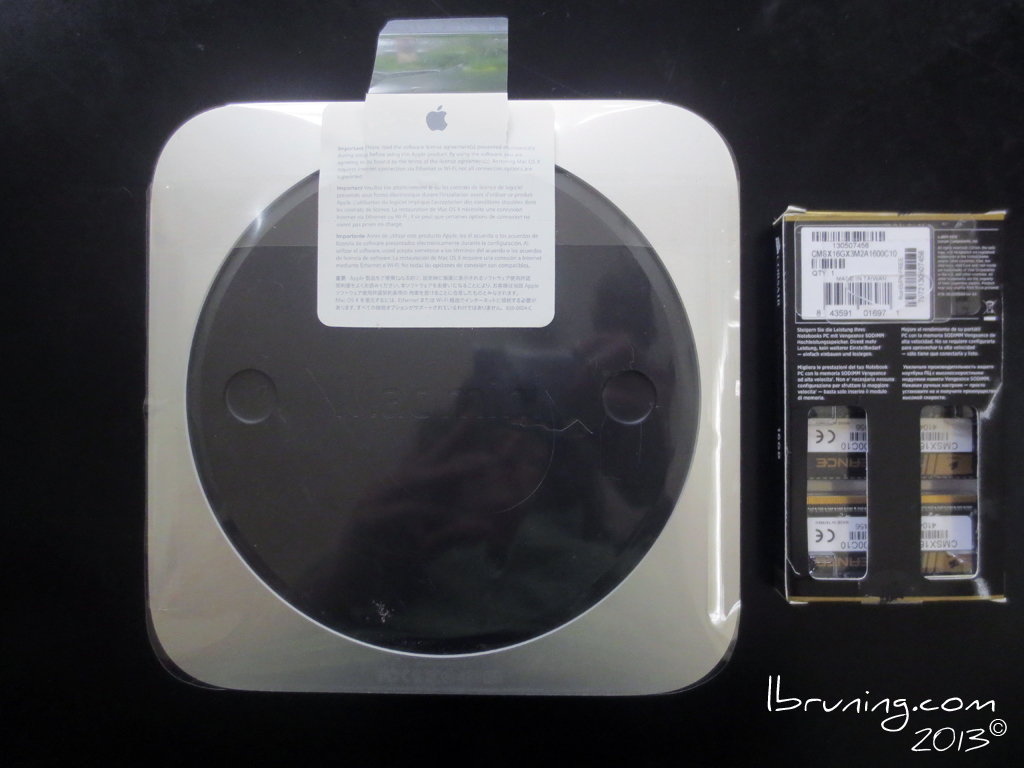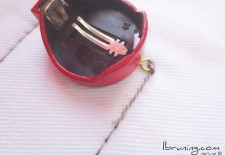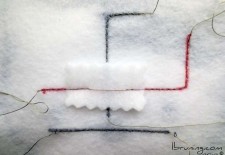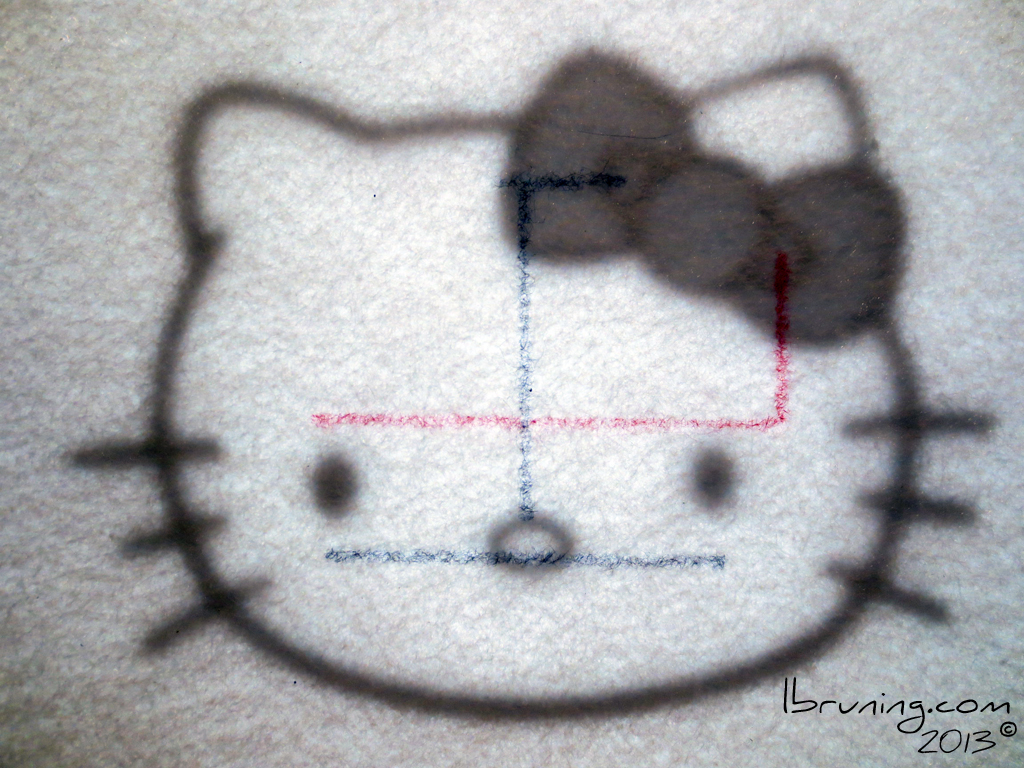Breadboard
Breadboards – whats going on behind that plastic mask? Unfortunately most breadboards have a backing material so you can’t see the connection channels. A side view close up showing the clips inside the breadboard which hold the jump wires in place gives you some idea of how the connection channels are laid out. To really understand […]
Read more ›
